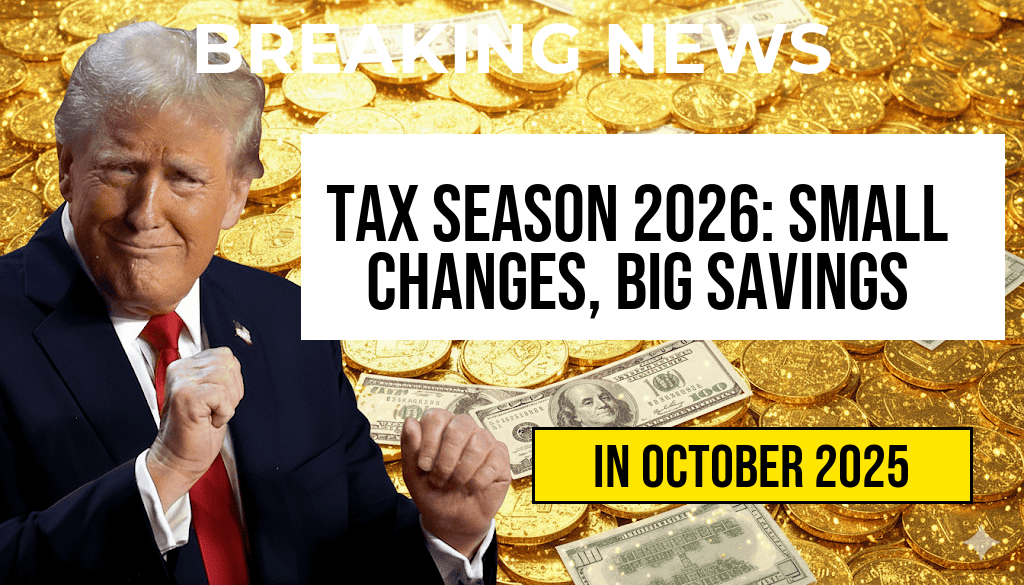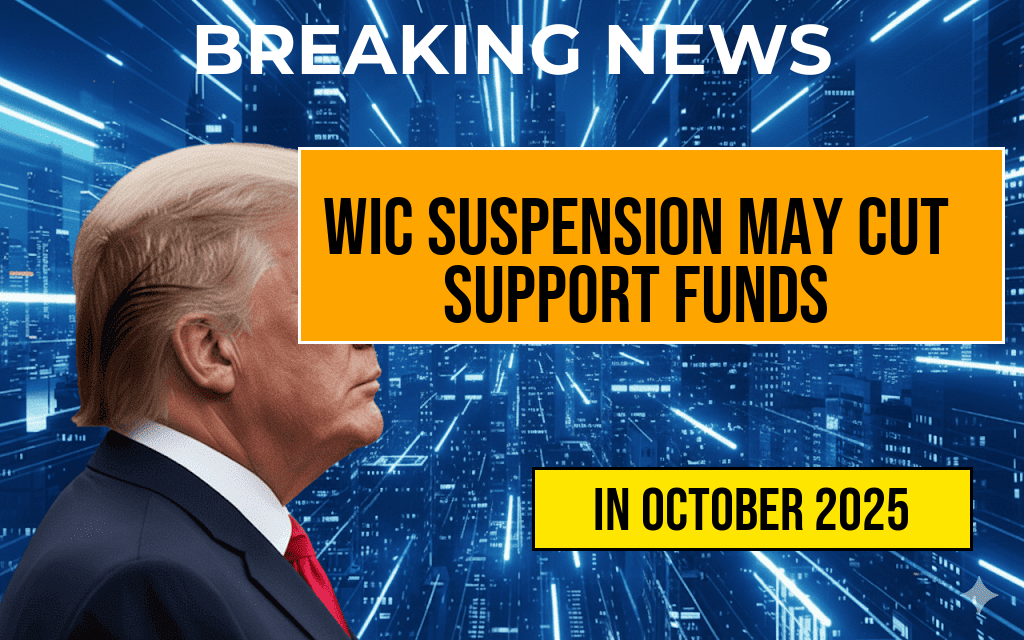Tax Season 2026 Outlook: Bloomberg Projects Minor Bracket Changes That Could Save You Hundreds
As Americans prepare for the upcoming 2026 tax season, new projections from Bloomberg suggest that minor adjustments to income tax brackets could lead to significant savings for many filers. The forecast indicates that while the overall structure of the federal tax system remains largely intact, subtle shifts—primarily due to inflation adjustments—might allow taxpayers to retain more of their earnings. These changes are expected to impact a broad spectrum of income levels, with middle-income households potentially benefiting the most. Experts emphasize that understanding these tweaks early can help taxpayers plan more effectively, especially as the IRS prepares to update various deduction and credit thresholds. For many, these small bracket modifications could amount to hundreds of dollars in savings, making this an important year to review one’s withholding and filing strategies.
Anticipated Changes to Tax Brackets and Standard Deduction
Bloomberg’s analysis draws from recent IRS data and inflation forecasts, projecting that the income thresholds for the tax brackets will increase slightly—by approximately 2% to 3%—to account for inflation. This means that more income will fall into lower brackets, reducing overall tax liability for some taxpayers. The standard deduction, a key component for many filers, is also expected to see a modest increase, further reducing taxable income overall.
| Tax Rate | 2025 Bracket Range | Projected 2026 Bracket Range |
|---|---|---|
| 10% | $0 – $11,000 | $0 – $11,300 |
| 12% | $11,001 – $44,725 | $11,301 – $45,900 |
| 22% | $44,726 – $95,375 | $45,901 – $97,600 |
| 24% | $95,376 – $182,100 | $97,601 – $186,750 |
| 32% | $182,101 – $231,250 | $186,751 – $237,400 |
| 35% | $231,251 – $578,125 | $237,401 – $595,000 |
| 37% | Over $578,125 | Over $595,000 |
| Standard Deduction | 2025 | Projected 2026 |
| Single | $13,850 | $14,200 |
| Married Filing Jointly | $27,700 | $28,400 |
These incremental increases are designed to offset inflation without significantly altering the tax burden. For taxpayers, this could mean a few hundred dollars more in take-home pay or deductions, especially in the middle-income brackets. The IRS has indicated that these adjustments will be official once formal notices are published later this year, aligning with inflation trends observed over the past year.
Potential Impact on Taxpayers and Planning Strategies
While the changes are modest, their cumulative effect can be substantial, especially for those near bracket thresholds. For example, a taxpayer earning $45,000 might find themselves slightly better positioned within a lower bracket, resulting in a reduction of their marginal tax rate. Similarly, individuals with taxable income just over the previous year’s thresholds could benefit from the adjusted brackets, leading to notable savings.
Tax professionals recommend that filers review their income projections early and consider adjusting withholding or estimated payments accordingly. Additionally, the slight increases in the standard deduction may influence decisions about itemized deductions versus taking the standard deduction, especially for those with deductible expenses close to the threshold.
What to Expect from IRS Guidance and Filing Season Preparations
The IRS has signaled that updated tax forms and instructions reflecting the 2026 bracket adjustments will be released in the coming months. Taxpayers and preparers should keep an eye on official channels, including the IRS website, for the latest updates. Experts also advise reviewing prior year filings to identify opportunities for tax savings, given the anticipated shifts.
Furthermore, the slight increase in the standard deduction may lead to changes in how taxpayers approach their deductions and credits. For instance, those who previously itemized deductions might find that taking the standard deduction now provides a better financial outcome, especially if their deductible expenses haven’t grown proportionally.
Broader Context and Future Outlook
While the projected changes for 2026 are conservative, they fit within a broader trend of inflation adjustments designed to keep the tax system aligned with economic realities. As policymakers consider potential reforms, including adjustments to tax rates and brackets, understanding these incremental shifts becomes vital for effective tax planning.
For more detailed information on tax bracket adjustments and planning strategies, resources such as Investopedia and the IRS website offer valuable insights for taxpayers aiming to optimize their filings for 2026.
Frequently Asked Questions
What are the main changes to tax brackets projected for 2026?
Bloomberg projects minor adjustments to tax brackets in 2026, which are expected to slightly alter income thresholds, potentially leading to tax savings for certain taxpayers.
How could these bracket changes impact my tax liability?
The minor bracket adjustments may allow some taxpayers to fall into lower tax brackets, resulting in significant savings—potentially hundreds of dollars on their overall tax bill.
Will these changes affect all taxpayers equally?
No, the impact will vary depending on your income level. Taxpayers near the edges of brackets are more likely to benefit from the adjustments.
Are these changes guaranteed to occur in 2026?
While Bloomberg projects these minor bracket adjustments, official IRS updates will confirm the exact tax bracket thresholds closer to the tax season.
How can I prepare for the 2026 tax season with these potential changes in mind?
Stay informed about IRS announcements and consider consulting a tax professional to optimize your tax planning based on the upcoming bracket adjustments.










